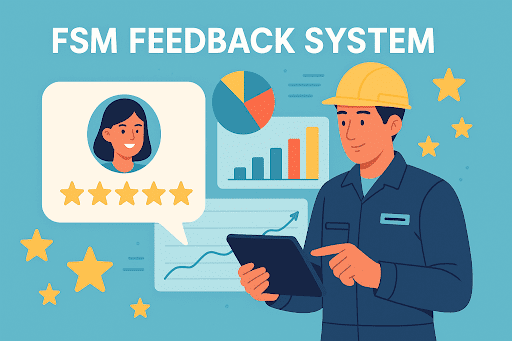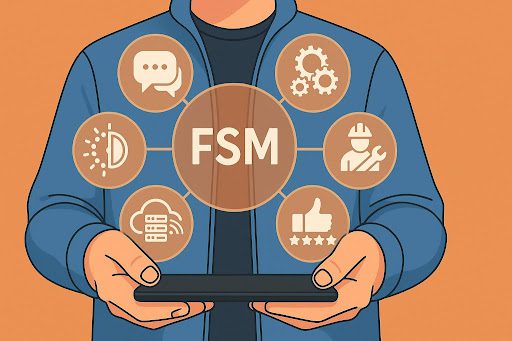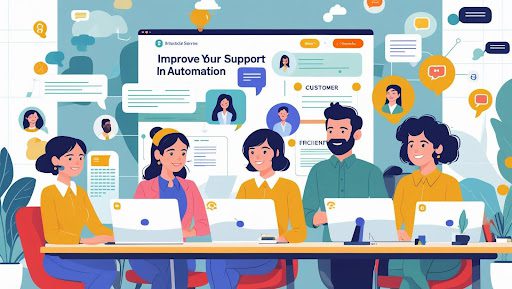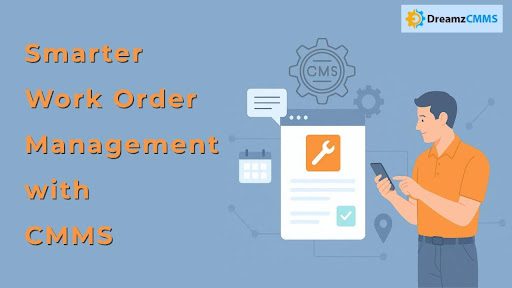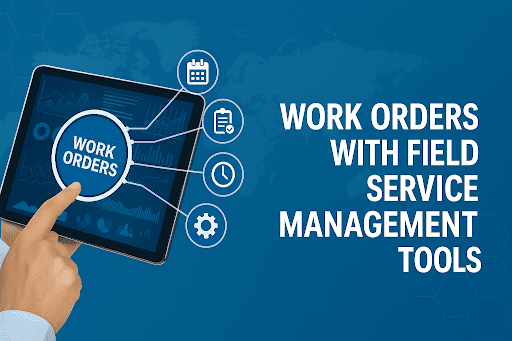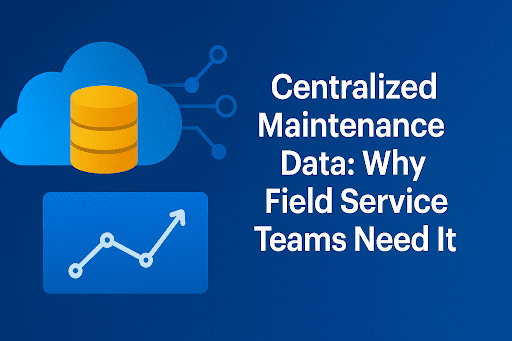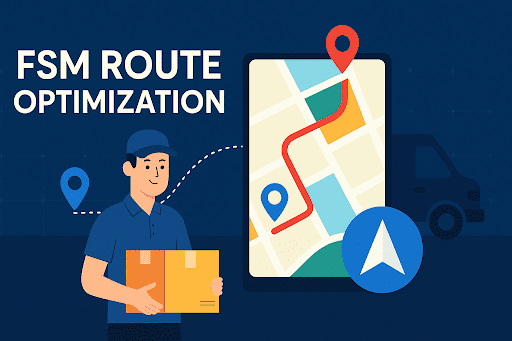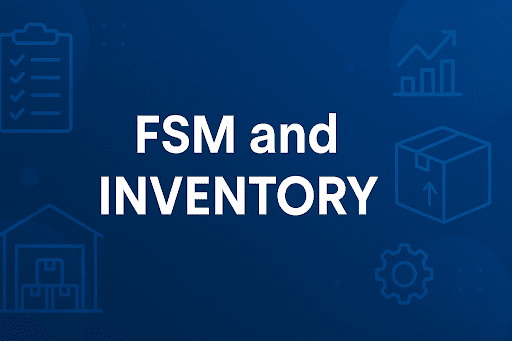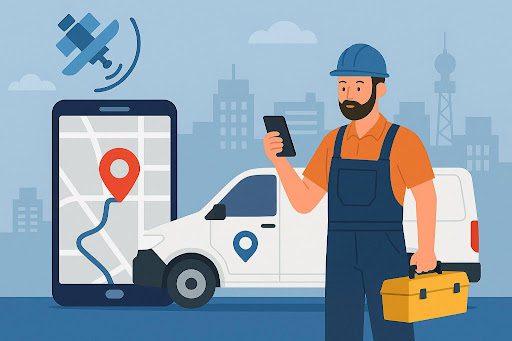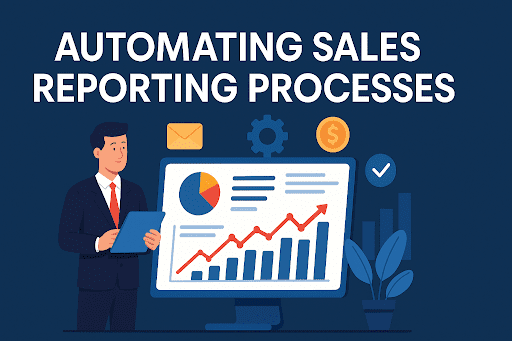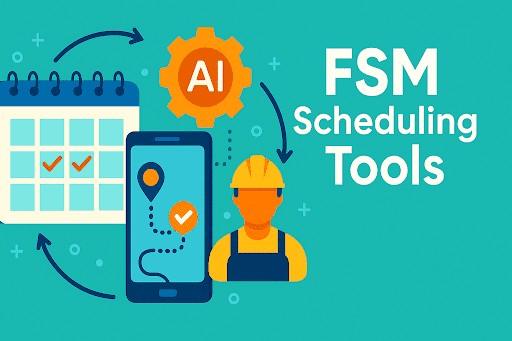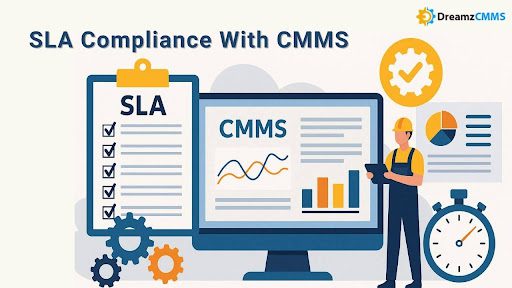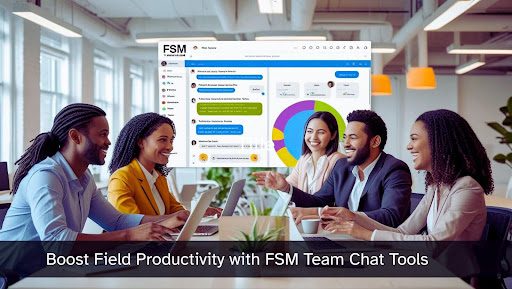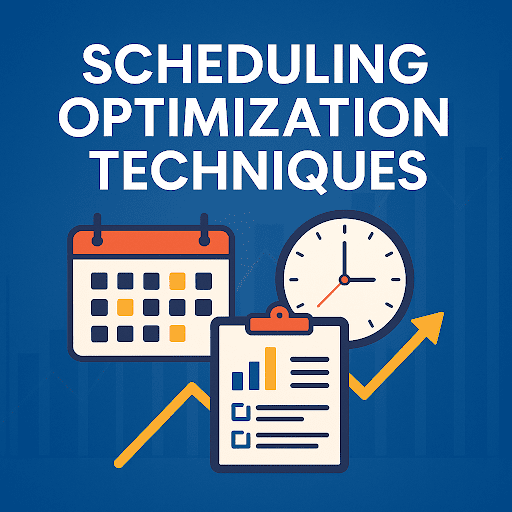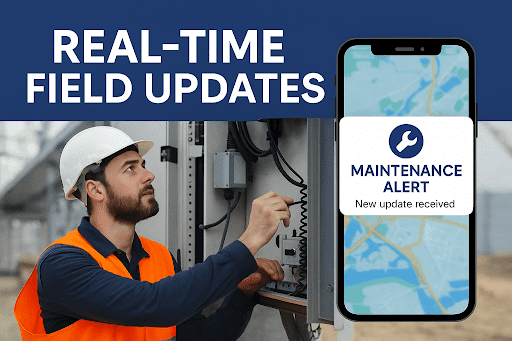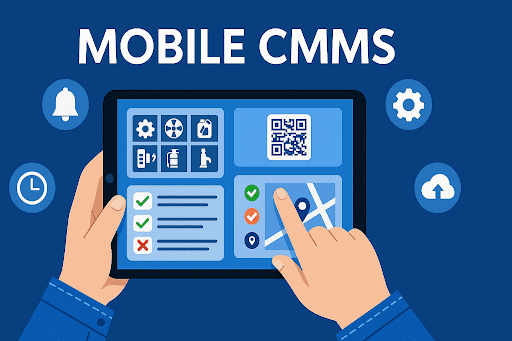 BACK TO Blog
BACK TO Blog
Asset Rental Management
Field Service
Why Customer Communication Deserves Executive Focus Customer satisfaction is no longer determined by just what a company delivers but also by how it communicates throughout the experience. Whether it is a service update, a technician’s arrival window, or post-visit feedback, communication defines the perception of value. And in today’s connected
- May 21, 2025
- DreamzCMMS Team
- 8 minutes read
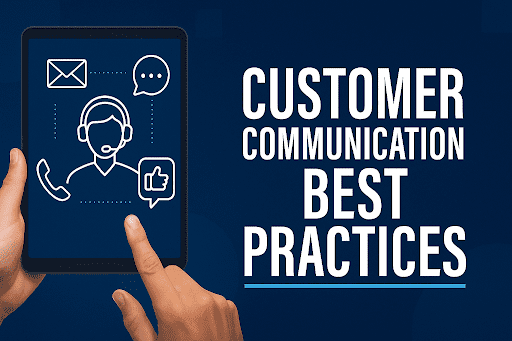
- May 21, 2025
- DreamzCMMS Team
- 8 minutes read
Why Customer Communication Deserves Executive Focus
Customer satisfaction is no longer determined by just what a company delivers but also by how it communicates throughout the experience.
Whether it is a service update, a technician’s arrival window, or post-visit feedback, communication defines the perception of value. And in today’s connected economy, customer communication best practices are not a soft skill, they are a strategic function.
For leadership, this means investing in more than product innovation or operational efficiency. It means building communication systems that support transparency, trust, and responsiveness at every level of service.
From automated customer updates to real-time service notifications, companies now have access to tools that make communication proactive instead of reactive. These improvements are not just technical; they reshape how clients perceive reliability and care.
In this blog, we will explore what effective communication looks like today:
- How to integrate CRM communication tools and mobile platforms
- How client interaction management supports stronger field performance
- And how solutions like Field Service Management Software and DreamzCMMS unify messaging across roles and workflows
This is about more than keeping customers informed. It is about helping leadership create systems that support brand loyalty, operational alignment, and long-term relationship value.
Where Communication Breaks Down And Why It Matters
Many customer communication failures are not caused by intent, but by inconsistency. Promises are made but not followed up. Information is shared, but not at the right time or through the right channel. Over time, small gaps in communication erode confidence.
At the executive level, these gaps carry more than reputational consequences. They drive operational inefficiencies, increase service recovery costs, and reduce overall customer lifetime value.
1. Inconsistent Messaging Across Teams
In many organizations, service teams, field reps, and support channels operate in silos. This leads to mixed messages and misaligned updates. A technician may provide one timeline, while the contact center offers another. Customers are left confused and more likely to disengage.
Client Interaction Management platforms help eliminate these silos by unifying messaging protocols and tracking interactions across departments. When information is consistent, confidence increases.
2. Delays in Service Updates
Today’s customers expect real-time visibility. When service updates arrive late or not at all it creates unnecessary tension and undermines trust. Technicians may be on the way, but without real-time service notifications, customers are left waiting without clarity.
Solutions like DreamzCMMS and Field Service Management Software help automate status updates and send time-sensitive messages through mobile channels, improving transparency without adding manual workload.
3. Lack of Personalization or Follow-Up
Mass emails and scripted calls no longer meet modern customer expectations. Clients expect communication that reflects their context, location, service history, and preferences.
By enabling CRM integration for communication, organizations can deliver personalized updates, follow up with intent, and show customers they are more than a ticket in the system.
These breakdowns are not just tactical missteps. They are strategic vulnerabilities. In the next section, we will explore how to build communication frameworks that scale using digital tools to reinforce trust, alignment, and operational excellence.
Tools That Help Conversations Feel Personal Even at Scale
Great customer communication is not about volume it is about timing, clarity, and consistency. That is hard to get right when field teams are stretched thin, systems do not talk to each other, and updates depend on manual follow-up.
Smart organizations fix this by giving their teams tools that do more of the heavy lifting. Not to replace people, but to help them stay present, responsive, and aligned.
1. Give Field Teams the Right Mobile Tools
Field reps are often closest to the customer but farthest from the main office. When they are stuck switching between apps, calling for updates, or writing notes by hand, service slows down and details get missed.
Mobile communication tools for field teams solve this by keeping everything in one place. Schedules, service history, messages, and customer preferences stay connected so reps can focus on the interaction, not the admin work.
If those tools are linked to systems like Field Sales Software, updates flow both ways without delay.
2. Make It Easy for Customers to Talk Back
Customers do not want to chase down information or wait on hold to make a small change.
With two-way messaging, they can confirm appointments, ask questions, or give feedback with minimal friction. It also means field teams get updates quickly, without needing to relay through multiple channels. That kind of responsiveness builds trust.
3. Ask for Feedback And Use It
Most companies send out feedback surveys. Few make it part of the daily rhythm.
With simple prompts and smart timing, feedback becomes useful, not just noise. Following feedback collection best practices means asking fewer questions, but making every answer count.
And when those responses are tied into systems like DreamzCMMS or Asset Maintenance Management Software, they can trigger action: a callback, a recheck, or an update to prevent the same issue from repeating.
That kind of loop where feedback leads to change is what turns communication into real service value.
Transform Communication into a Strategic AdvantageTired of missed updates, customer frustration, and fragmented messaging? DreamzCMMS helps unify your communication workflows from automated updates and mobile alerts to CRM-driven interactions so your teams stay aligned and your clients stay informed. Request a Free Demo today and explore how consistent, real-time communication can strengthen service delivery and customer retention. |
How Leadership Sets the Tone for Communication Excellence
Technology enables good communication. Leadership sustains it.
Field teams may send the updates. Support teams may handle inquiries. But the consistency, tone, and value of communication are shaped at the top. When executives make customer communication a leadership priority not just a task it becomes a core part of how the organization delivers value.
1. Communication Quality Is a Strategic Standard
Customers do not always remember the repair or the product details. They remember how clearly they were kept informed, and how easy it was to get answers when things changed.
This is why customer communication best practices must be more than a checklist. They need to be part of the operational mindset: consistent, timely, and respectful of the client’s time and attention.
Executives can set this tone by reviewing communication data the same way they review service metrics looking at delivery timing, message consistency, and follow-up closure rates.
2. Aligning Systems to Support the Standard
No matter how strong the team, poor systems create friction. When teams rely on manual outreach or siloed data, even good intentions fall short.
Platforms like DreamzCMMS help unify messaging, integrate automated customer updates, and streamline real-time alerts. Combined with tools like Field Service Management Software, leadership gains the visibility to ensure service events and communication follow the same high standards.
3. Closing the Loop on Engagement
Customer engagement does not end when a service is completed. With smart CRM integration for communication, follow-ups, reminders, and updates become automatic yet still feel human. It keeps the relationship active, even when the service window has closed.
When client interaction management is part of executive reporting, it reinforces that communication is not an add-on, it is a measurable driver of customer loyalty and long-term revenue.
Communication Is Not Just a Message It Is a Strategic Asset
Customer communication is often seen as a function of service or support. In reality, it is a business capability that touches every part of the customer journey from first contact to final follow-up.
When communication breaks down, trust erodes. When it works, everything moves faster, smoother, and with less friction.
C-suite leaders who prioritize customer communication best practices do more than improve service interactions. They create operational resilience, deepen customer relationships, and build competitive strength.
The most successful organizations align their systems DreamzCMMS, Field Service Management Software, and CRM integration for communication to support one goal: keep customers informed, respected, and engaged.
Whether through automated customer updates, mobile tools, or two-way messaging with clients, communication must be consistent, timely, and aligned with business values.
This is not about scripts or templates. It is about clarity, accountability, and experience. When done right, communication drives performance as much as any product or service.
Recommended ReadsExplore additional strategies to strengthen customer engagement, improve operational alignment, and boost team performance:
|
Deliver Smarter Communication with DreamzCMMSStrong communication builds stronger business outcomes. DreamzCMMS brings together service automation, CRM insights, and real-time updates to help teams stay responsive and customers stay informed. Request a Free Demo today and explore how better communication can lead to better retention, efficiency, and growth |
Ready for More?
Talk to one of our CMMS experts and see how DreamzCMMS can simplify your maintenance operations.
Book a free consultation